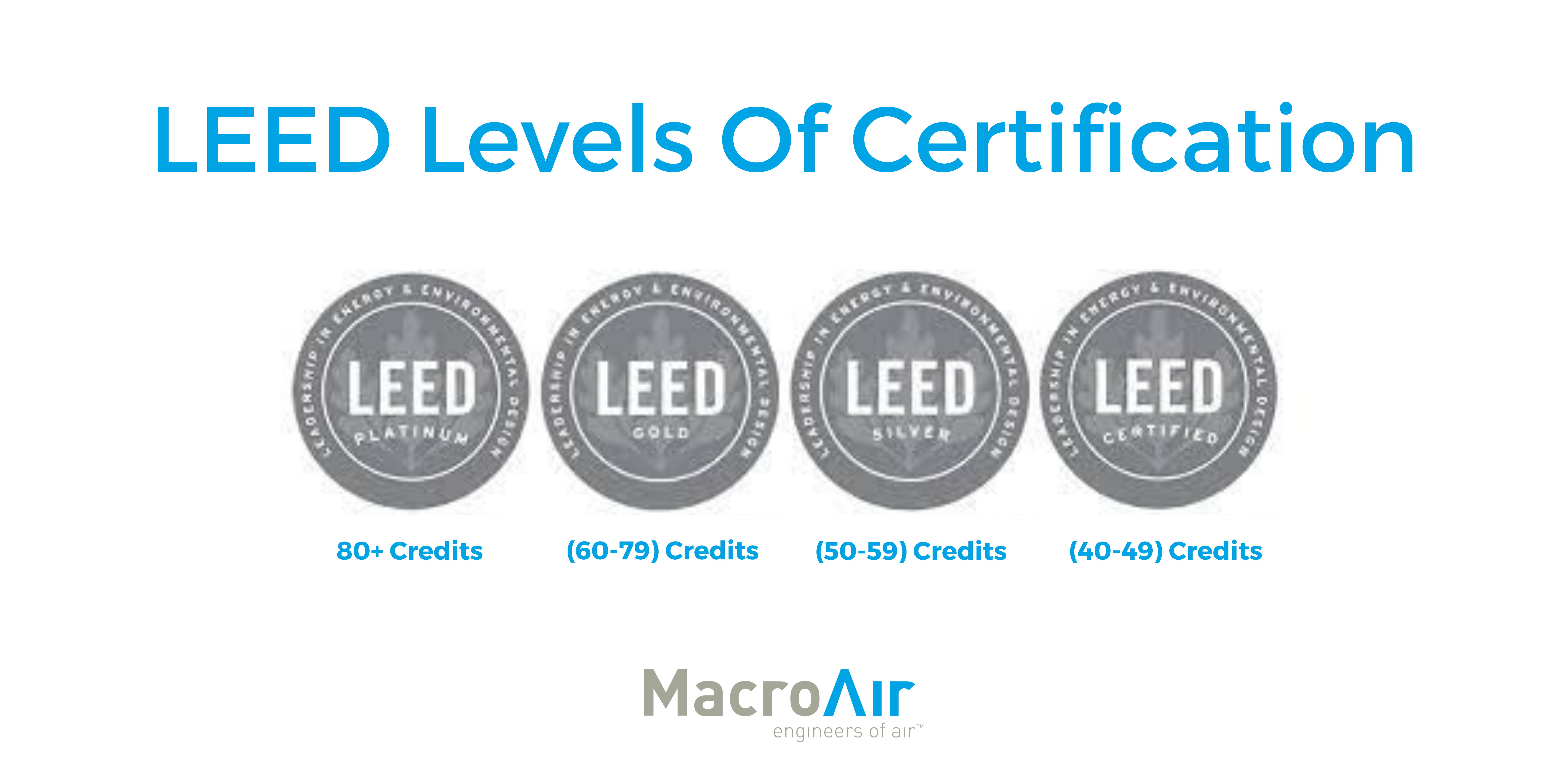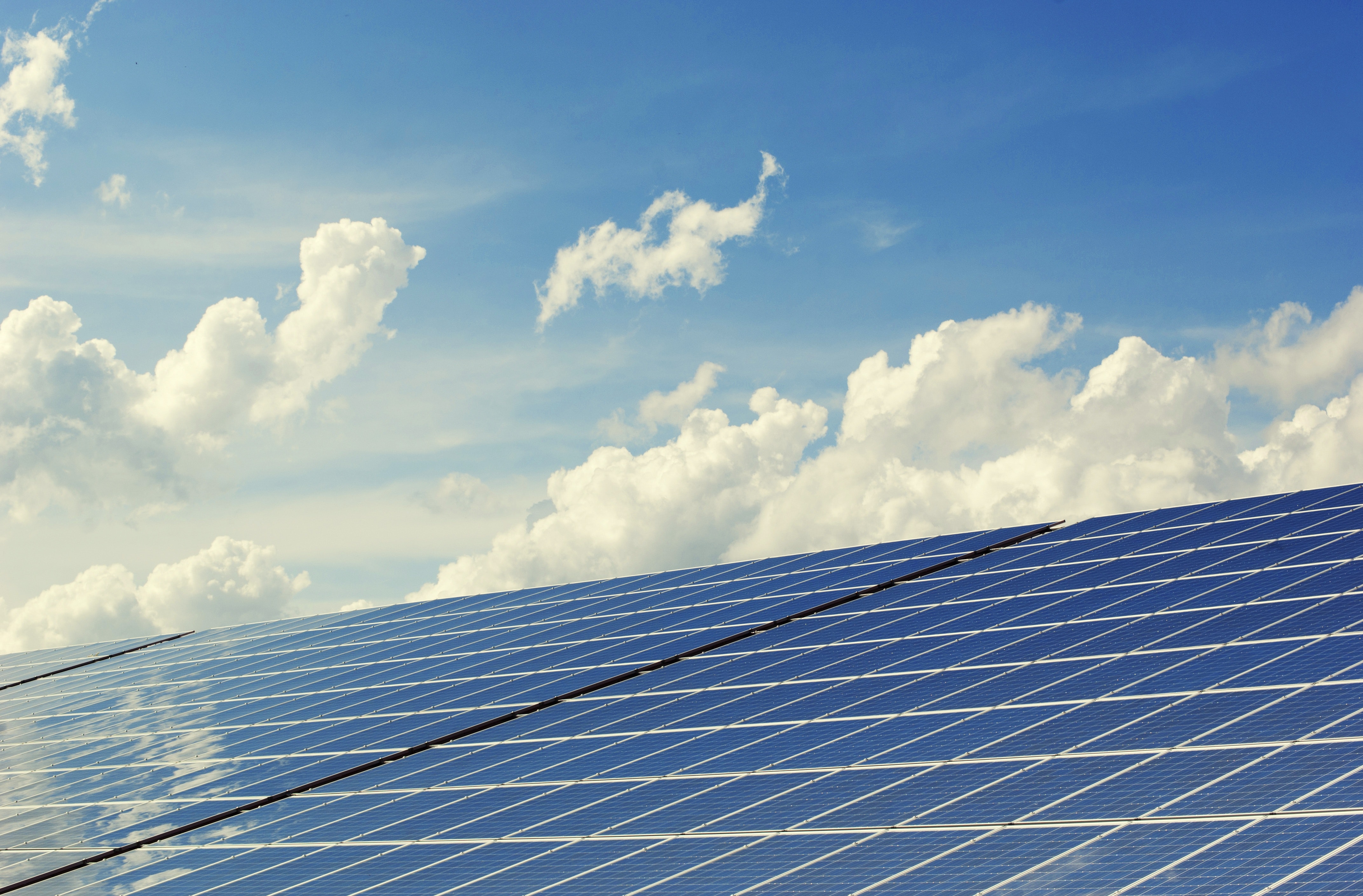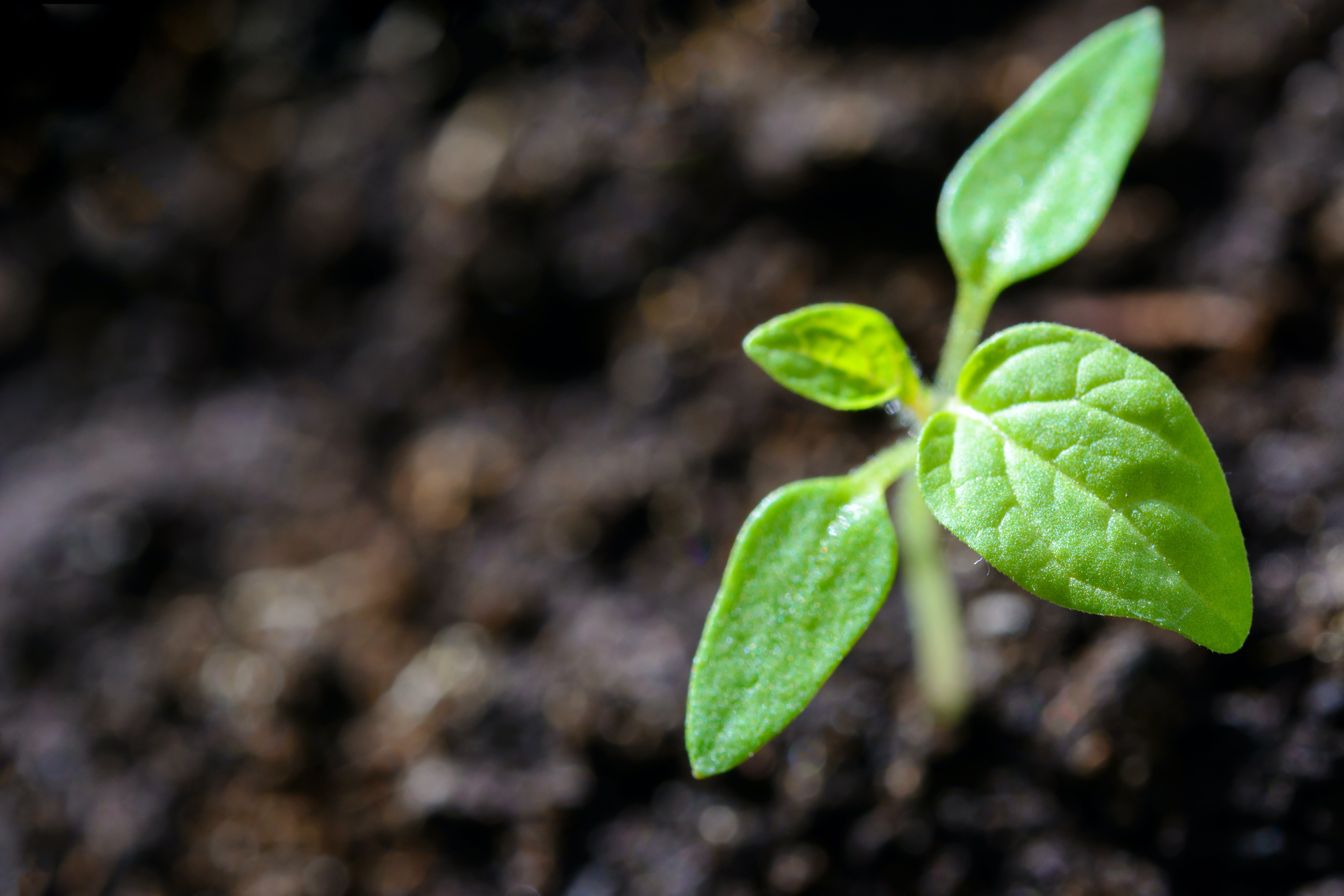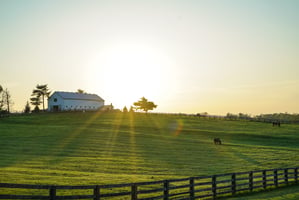Energy Efficient Building Design
Energy-efficient building design is more than just a fad. In our post-pandemic world, people are more aware than ever of their own carbon footprint. With the demand for energy at all-time highs, it is an essential element in moving our world in a positive and smart direction. It is becoming increasingly more important and necessary to think ‘green’ in all aspects of our lives. Climate change and global warming are very real threats. In fact, according to www.climate.gov, Earth’s warming rate since 1981 is 0.32°F. Furthermore, the warmest temps on record have been in the last 10 years, with each year becoming increasingly warmer.
Awareness is growing. People know the impact we all have on the environment as a whole - of our carbon footprint. Our carbon footprint is basically knowing the amount of carbon released into the atmosphere as a result of our activities. This includes what we drive, what we eat, what we do in recreation, and, very importantly, the way we build our homes and commercial building.
According to www.energy.gov, “the buildings sector accounts for about 76% of electricity use and 40% of all U. S. primary energy use and associated greenhouse gas (GHG) emissions.” This is why it is essential that we do all we can to reduce energy usage in buildings. By doing so, we are lessening our carbon footprint, lowering our energy costs, and living a healthier lifestyle. It starts by creating more energy-efficient buildings.
Now that we’ve covered why energy-efficient building design is important, let’s discuss LEED Certification and the specific actions and implementations that will make your building more efficient.

LEED Certification
Leadership in Energy and Environmental Design, otherwise known as LEED, is a green building rating system used worldwide. The US Green Building Council explains that LEED’s purpose is to provide “a framework for healthy, highly efficient, and cost-saving green buildings.” LEED certification is recognized around the world and is highly respected as a “badge of honor” in sustainability.
Furthermore, the US Green Building Council says that building with LEED certification, “saves money, improves efficiency, lowers carbon emissions, and creates healthier indoor environments.” The goal of LEED is to help reduce global warming and climate change, make humans healthier, protect ecosystems, promote sustainability, restore and protect water sources, and make the quality of life better.
LEED sets certification through a credit system. There are four levels of certification: Platinum (80+ credits, Gold (60-79 credits), Silver (50-59 credits), and Certified (40-49 credits). Each area of a construction and design process earns credits based on the materials used and the process followed. The credits earned determine the level of certification. Millions of people around the world are living, working, and learning in LEED-certified buildings, but China sits on top with over 1,000 LEED projects completed in 2021 alone.

Creating an Energy-Efficient Building
A World Business Council for Sustainable Development report tells us that 88% of the energy consumed in buildings is spent during usage and maintenance. Therefore, every aspect of our building design strategy process should be considered through the lens of energy efficiency.
Creating an energy-efficient building is also known as a “green building” or net-zero building. These buildings have a much more positive impact on the environment. Green buildings use renewable energy sources to reduce power consumption, benefit the environment, and improve quality of life. These buildings have more expensive upfront costs, but it adds up to big energy savings over time. So, it is much better long term for our earth and your wallet.
What Can I Do to Go Green?
As shown above, it is important to consider every aspect of your building process. The market for net-zero building products is growing at an exponential rate. The market is expected to reach $96 million by 2026. Products and materials are ever-evolving and are more readily available. So, keep your eyes open and think green.

Tips for a Net-Zero Building
- Have an air-tight and highly insulated building envelope
- Consider building orientation - to take advantage of the heat from the sun
- Have an open floorplan to harvest daylight
- Use locally sourced materials in raw states
- Reuse/recycle materials when at all possible
- Integrate smart technology
- Buy high-efficiency appliances
- Reserve rainwater for building use (treated)
Common Elements of Net-Zero Buildings:
- Solar-powered lighting fixtures, heat systems, and panels to generate energy
- Non-toxic, eco-friendly, sustainable materials
- High-efficiency lighting
- Light sensors / Smart lighting
- Occupancy sensors for your HVAC system and fans
- Triple-pane glass window
- Windows with smart glass - tints windows as the sun moves throughout the day
- Green roofs
- Wind turbines to harvest wind energy
- Modern HVAC systems that use as little energy as possible
- Using a climate control solution integrating smart technology
- Effectively circulating warm air through passive heating
- Adjusting cooling solution to account for daytime temperature fluctuations

Heating and Cooling in Energy-Efficient Building Design
The construction and operations of buildings are responsible for 39% of energy-related global greenhouse gas emissions with nearly half due to heating, ventilation, and air conditioning (HVAC) according to Trane Technologies. This is a huge number - and also why we can not ignore how we heat and cool our buildings.
A heat pump system is a very energy-efficient form of heating your space. It is a great alternative to a furnace or baseboard heat system. Heat pump systems are different because they do not generate heat, they transfer and move it. The electric pump moves hot air from the ground into your building in cold months to keep you warm. Then in the warm months, it moves the warm air from the building back to the ground. Although it does take electricity to run, it will produce up to five times the amount of energy, leading to a net-zero-plus outcome. The particular eco-friendly and energy-efficient heat pump system option mentioned in this paragraph is a geothermal heating and cooling system. Geothermal energy is a renewable energy source harnessing the ground temperatures to heat or cool your space.
HVLS Ceiling Fans - A Great Option for Net Zero Buildings
HVLS fans are a great addition to any building looking to reduce its energy consumption. Massive, slow-moving, fans are energy efficient. High Volume, Low-Speed fans run for about a dollar a day depending on your location. Their positive impact on a building’s climate control system reduces energy consumption whether used as a standalone solution or in conjunction with HVAC. HVLS fans generate a massive column of airflow that creates a cooling effect that leaves the people feeling up to 8° cooler. What’s more, during the winter months, an HVLS fan can be run in reverse to pull warm air trapped up at the ceiling down to floor level. Simply by increasing the comfort levels, HVLS fans reduce heating and cooling energy consumption.
Additionally, since HVLS fans thoroughly and efficiently mix air, they help spread air from an HVAC system throughout a room. This eliminates dead zones and allows the facility to decrease the HVAC run time while maintaining the same comfort level.
Examples of Modern Energy-Efficient Building Design
The David & Lucile Packard Foundation - Los Altos, CA
The Crystal - East London, UK
The Bullitt Center - Seattle, WA
One Embankment Place - London, UK
Apple Park - Cupertino, CA
1 Angel Square - Manchester, UK
Resources for Energy-Efficient Building Design

Companies like Apple and Amazon are taking the idea of a net-zero building and low carbon footprint and running with it. In fact, they have signed The Climate Pledge, along with 215 other businesses, committing to net-zero carbon by 2040. The conversation has started and is quickly heating up. So, now we must be part of the solution. Improve your carbon footprint by making a green plan for an energy-efficient building design.
We’d love to hear what you have to say about energy-efficient building design. Comment below. And be sure to visit MacroAir today to add energy-efficient air movement to your space - economically.
macroairfans.com

